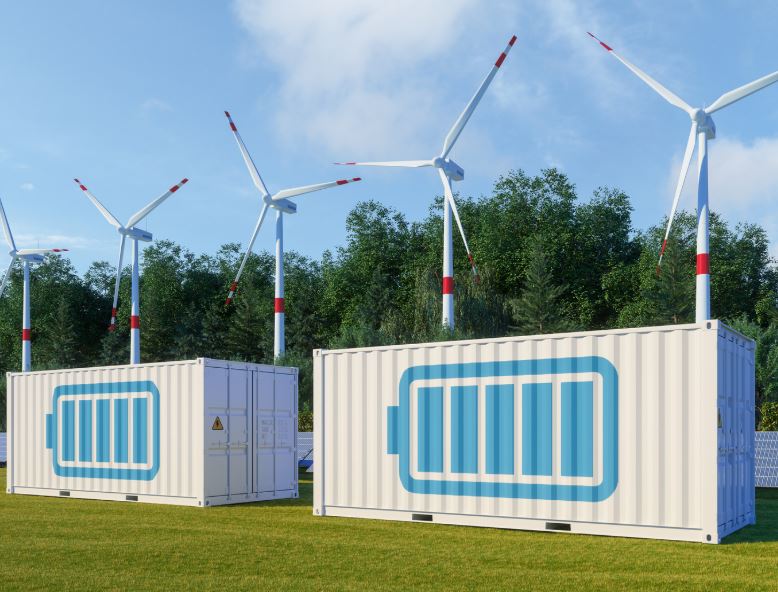Tata Power Renewable Energy Ltd (TPREL) has won a 30 MW/120 MWh battery energy storage system (BESS) contract from NHPC, marking a pivotal moment in India’s effort to strengthen grid reliability through utility-scale storage.
Awarded under the Centre’s BESS Tranche-I scheme, the project will be deployed for the Kerala State Electricity Board (KSEB) and located at a 220 kV substation in the state. With a four-hour discharge duration, the BESS is designed to provide essential flexibility for integrating intermittent renewable power into Kerala’s grid, which has been increasingly strained by load fluctuations and variable solar generation.
This contract, secured through a competitive bidding process, represents TPREL’s first Battery Energy Storage Purchase Agreement (BESPA), set to span 12 years. The system must be commissioned within 15 months, a timeline that aligns with broader national goals of fast-tracking battery storage capacity to support round-the-clock renewable energy supply.
India’s Central Electricity Authority (CEA) projects a need for at least 74 GW / 411 GWh of energy storage capacity by 2032 to meet its non-fossil generation targets. However, current operational BESS installations remain below 1 GWh. The NHPC tender under which TPREL secured the project is part of an early wave of public procurement efforts intended to de-risk the market and catalyze domestic deployment.
The choice of Kerala as a host state is notable. Despite its limited solar and wind generation compared to other regions, Kerala faces significant grid balancing challenges due to high peak demand and limited internal generation. The integration of BESS assets is expected to enhance grid resilience, improve frequency response, and reduce reliance on expensive peaking power sources.
TPREL’s 30 MW / 120 MWh installation is small compared to mega-scale international projects, but its role is strategically significant. Beyond energy arbitrage, BESS assets like this one are increasingly valued for their ancillary service capabilities—including voltage support and inertia provision—critical to stabilizing grids with high renewable penetration.
Stay updated on the latest in energy! Follow us on LinkedIn, Facebook, and X for real-time news and insights. Don’t miss out on exclusive interviews and webinars—subscribe to our YouTube channel today! Join our community and be part of the conversation shaping the future of energy.
